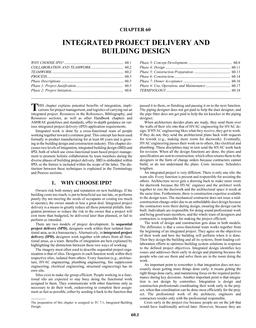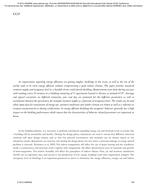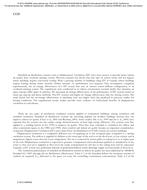Our company, a consulting engineering firm, was engaged to develop a design protocol for the application of insulating sheathing to low-rise buildings with high interior relative humidity (maximum 60%) for a range of degree-day locations across Canada. The protocol had to be consistent with requirements of the National Building Code of Canada (NBC) for sheathing with low air and vapour permeance applied to wood frame walls in cold climates.
A time variant, two-dimensional, heat-air-moisture (HAM) modeling program was selected to determine the hygrothermal performance of walls with a range of thermal insulation, air tightness and vapour permeance. The parametric study included a sparse matrix of material properties and outdoor environments. Air leakage paths included porous materials and gaps between non-porous materials. The results from the parametric study were analyzed for excessive moisture accumulation and developed a design protocol for the selection of insulating sheathing for buildings with high interior relative humidity in cold climates.
This paper presents the development of the model, parametric study and analysis.
Presented at Thermal Performance of Exterior Envelopes of Whole Buildings X – December 2007
Units: Dual
Citation: Thermal Performance of Exterior Envelopes of Whole Buildings X
Product Details
- Published:
- 2008
- Number of Pages:
- 13
- File Size:
- 1 file , 3.3 MB
- Product Code(s):
- D-BldgsX212


